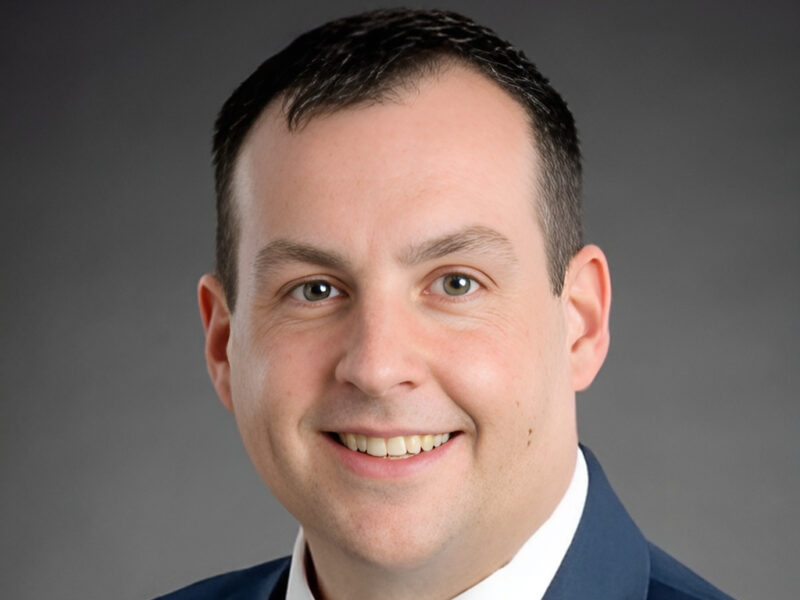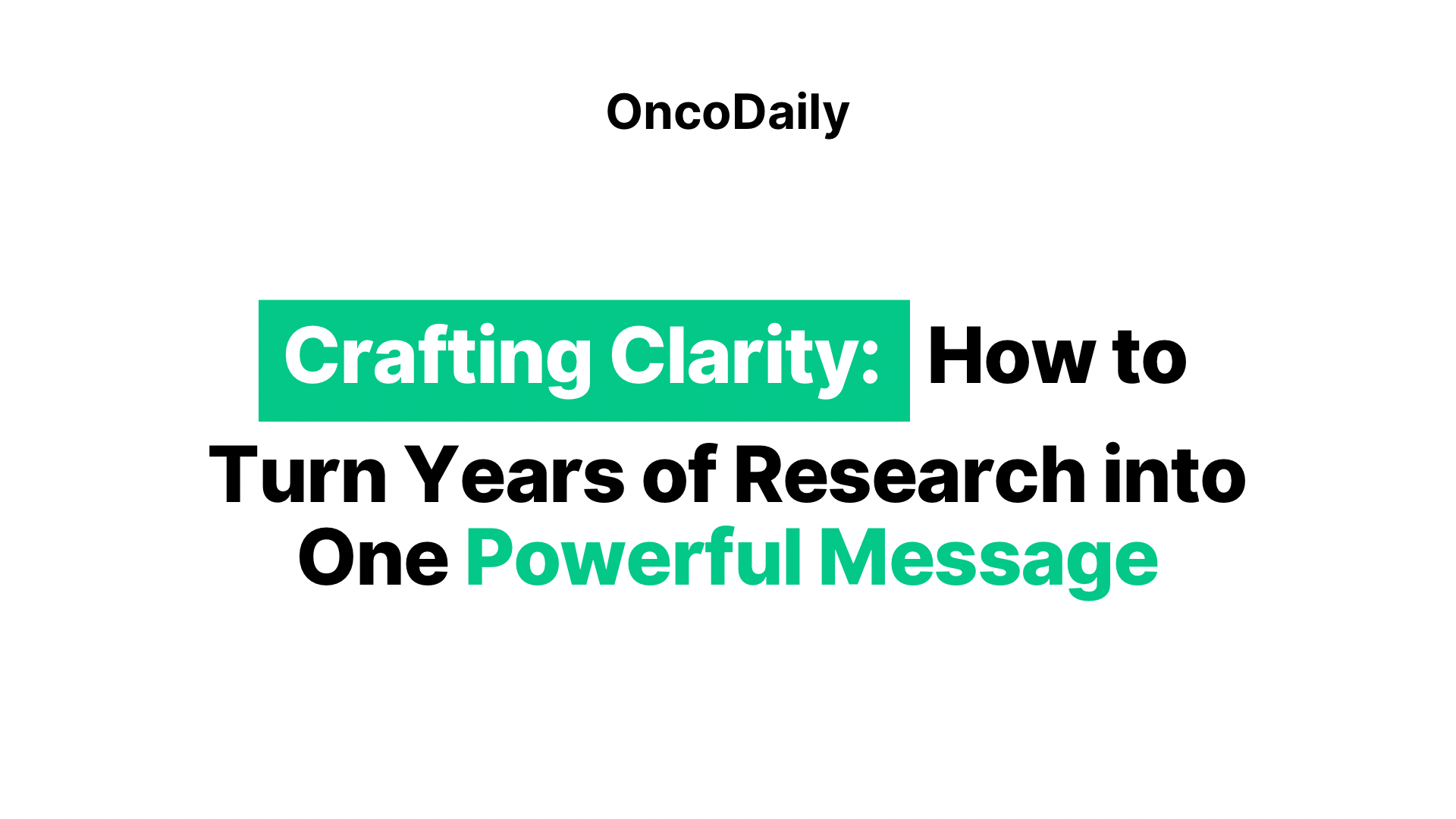We all know the feeling. You’ve spent months—maybe even years—working on a research project. You’ve lived it, breathed it, stayed up late with it. So when it’s finally time to present, of course you want to share everything. Every finding. Every graph. Every lesson learned.
But here’s the twist: that’s exactly when the real challenge begins.
Dr. Jeremy Slone offered a powerful reminder:
“You have to really step back from that project and say, what are the one or two things that I really want someone to take away from what has maybe been many years of work for me?”

Photo from Jeremy Slone/LinkedIn
It’s not easy. But it’s necessary.
Dr. Slone, a pediatric oncologist and global health leader at St. Jude Children’s Research Hospital, knows what it means to invest deeply in meaningful work. For over a decade, he’s worked alongside partners across Africa—especially in Botswana—to improve childhood cancer care. He’s lived the long journey of building programs and seeing them through.
And still, even with all that experience, his message is clear: When you present your research, less is more.
Because here’s the truth—whether you’re standing next to a poster or giving a five-minute platform talk, you’ve got a tiny window to capture your audience. What sticks with them won’t be your full methodology or every table in your appendix—it’ll be the one or two things you boiled down. The heart of the story.
That takes focus. And humility.
But it also opens doors. When people understand your key message clearly, they’re more likely to want to know more. They’ll ask questions. They’ll want to connect. They’ll remember you.
Telling the Right Story and The Takeaway:
What Dr. Slone is really talking about is intentional storytelling. Not data dumping—but creating resonance. Helping people see the “so what” of your work.
So next time you’re prepping for a presentation, ask yourself:
-
What’s the one thing I want them to walk away with?
-
Is my message clear, or cluttered?
-
Am I inviting conversation—or just checking boxes?
Because in the end, it’s not about cramming everything into your slides. It’s about planting a seed.
And from that seed—thanks to your clarity and focus—can come collaboration, curiosity, and the next chapter in your research journey.
As highlighted in a recent LinkedIn post shared by SIOP, Dr. Jeremy Slone emphasizes the importance of clarity in research presentations:
For more insights on cancer and global health, check out content from OncoDaily.com
by :- Md Foorquan Hashmi, MD, Sr. Editor, OncoDaily: India Bueura
